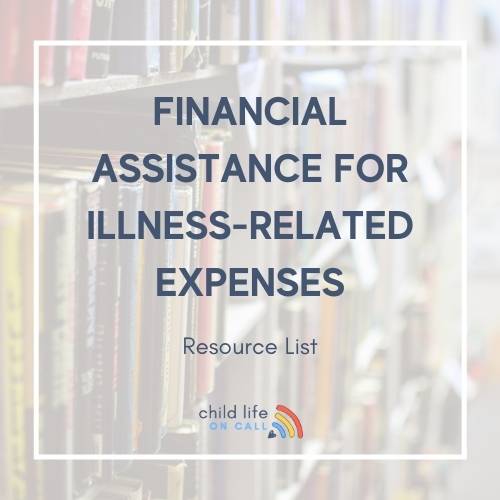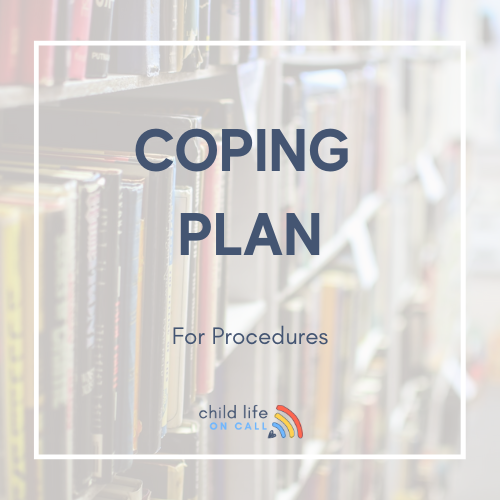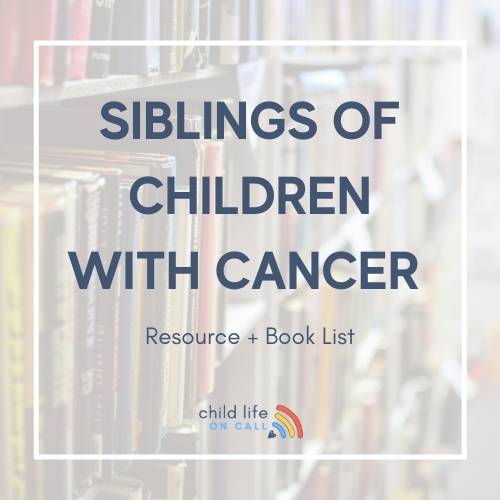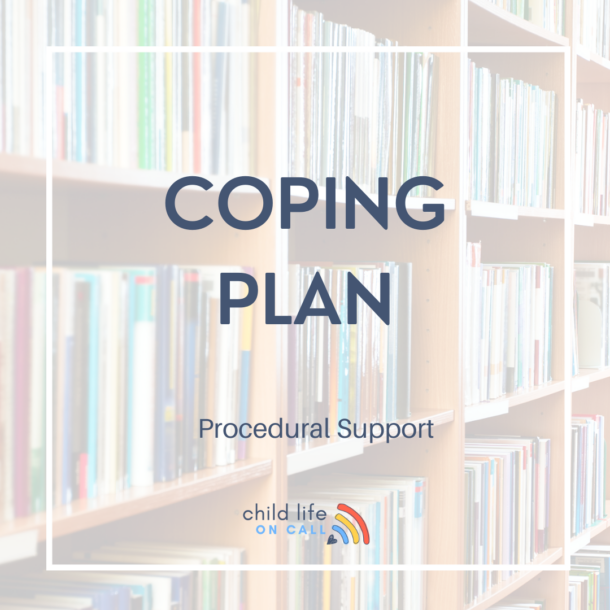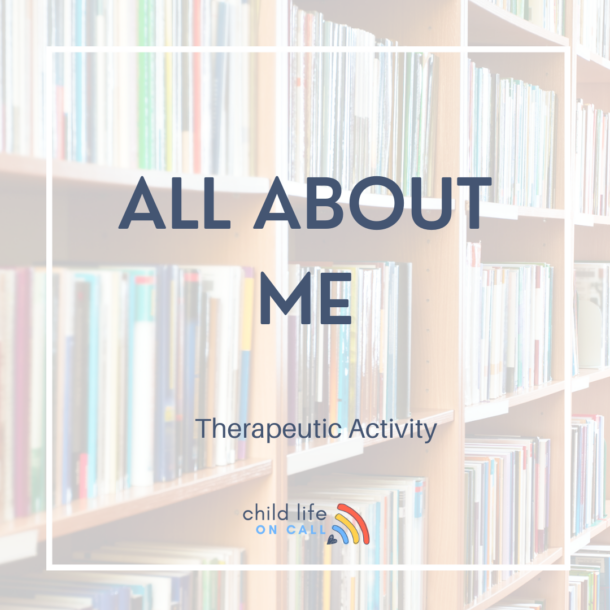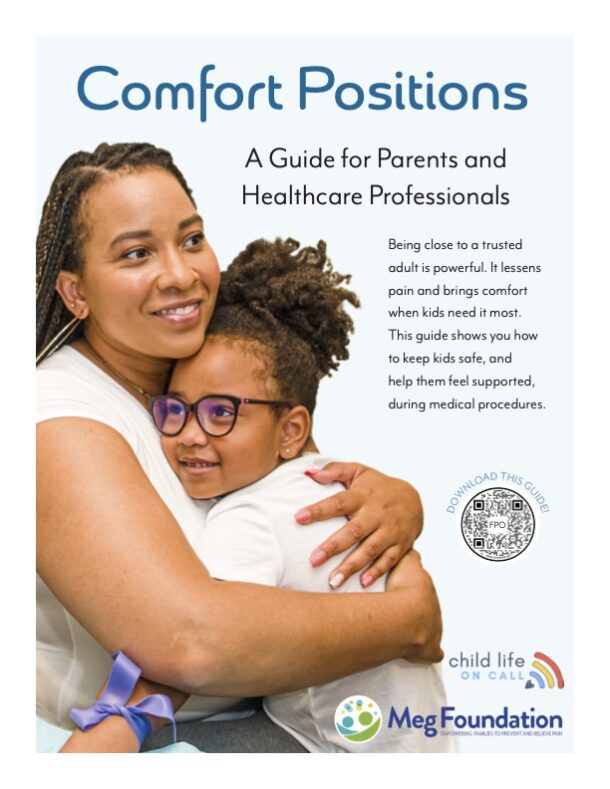As a Certified Child Life Specialist, I’ve witnessed the controversy that the topic surrounding parental presence during anesthesia induction presents to surgical teams. From the child life specialists to the anesthesiologists, the nurses, the circulating RNs, and the CRNAs… every person has an opinion, but ultimately the final decision is up to the anesthesiology provider.
Parental presence is a powerful resource when it is executed correctly. However, it should only be offered when the entire team is on board with the decision and parents are well-prepared for what to expect and what role to play during induction.
What is parental presence at inductions (PPI)?
Parents and guardians play an important role in making sure children are comfortable during hospitalization. For this reason, caregivers are encouraged to stay with their child throughout his or her entire hospital stay, including the time when he or she is induced with general anesthesia. This practice allows caregivers to observe the preparation for anesthesia and the actual administration of anesthesia.
What is the purpose of PPI?
Children’s anxiety increases significantly during the perioperative process (Source: pubs.asahq.org). Separation from parents can exacerbate an already high level of anxiety and fear during the surgical process. The hypothesis is that if the separation component is removed, children may experience less anxiety.
Important considerations for PPI, however, are that parental anxiety can increase during induction (Source: pubs.asahq.org).
For this reason, implementing a proper assessment and preparation model for both the child and the parent prior to anesthesia induction is imperative to PPI success.
What is an alternative to PPI?
In order to address anxiety in children during the preoperative process, children who go under anesthesia induction may be given medication in lieu of having a parent present, may be offered distraction tactics, or may be accompanied by a certified child life specialist who is trained in providing psychosocial support during medical interventions.
Truly successful anesthesia inductions are those that take into account all of the resources available to support the child and the family.
What do parents need to know about PPI?
There are many considerations that parents should know before making the decision to present during the anesthesia induction, and here are some things to consider:
- Is the child requesting that the parent stays with them? Ultimately, trusting the child and parent’s preference is an important component in the decision.
- Is the parent prepared to watch the anesthesia induction? They need to be aware of what the operating room will look like, what their role will be, and what they are able to do and not do in the room.
- While preferences can be taken into consideration, parents need to know that the anesthesia team’s priority is a safe induction.
- The child may not like the smell of nitrous oxide and sevoflurane gasses. If the child protests, the induction can not be stopped for safety reasons.
- The parent’s role is to remain a calm and collaborative member of the team. Offering soothing support and reassurance is the parent’s job.
- When children fall asleep, their eyes can roll back, they can make “jerking” movements, and they may appear very limp. It can be understandable if parents feel upset when they see their child falling asleep under anesthesia. So, preparing them for the expectedness of this response is important.
- After the child is asleep, the team will begin working quickly to monitor the child and the parent will be escorted out of the room immediately.
What does the research say?
Children’s anxiety increases significantly during the perioperative process. Children who were in a PPI and medication group showed significantly lower levels of anxiety as compared with children in the control group or PPIA group (P = 0.023).
Source: pubs.asahq.org
Parents should be prepared for what to expect during anesthesia induction if they are present. In a randomized controlled trial that included 80 children aged 3–12 yr scheduled who underwent elective surgery under general anesthesia, results found that preoperative patient information about pediatric anesthesia reduces the anxiety levels of parents during anesthesia induction. Therefore, we recommend the routine use of this method in clinical practice.
Source: ncbi.nlm.nih.gov
A majority of pediatric surgeons favored maintaining PPI after implementation. Resistance to initiation of PPI should not hinder implementation.
Source: pubmed.ncbi.nlm.nih.gov
Opinions from parents and physicians. The parents and the anesthesiologist expressed different opinions about how helpful the parents were during the induction. While most parents thought their presence made the anesthesiologist’s job easier (68%), the anesthesiologist believed this to be the case only 31% of the time. Similarly, while most (90%) parents rated themselves as being helpful to their child, the anesthesiologist rated only a minority as being helpful (12%). The overwhelming majority of parents (98%) present during induction indicated that if their child needed surgery again, they would like to be present during the induction. The parent’s satisfaction with the anesthesiologist did not differ between the intervention and control groups.
Source: pubs.asahq.org



